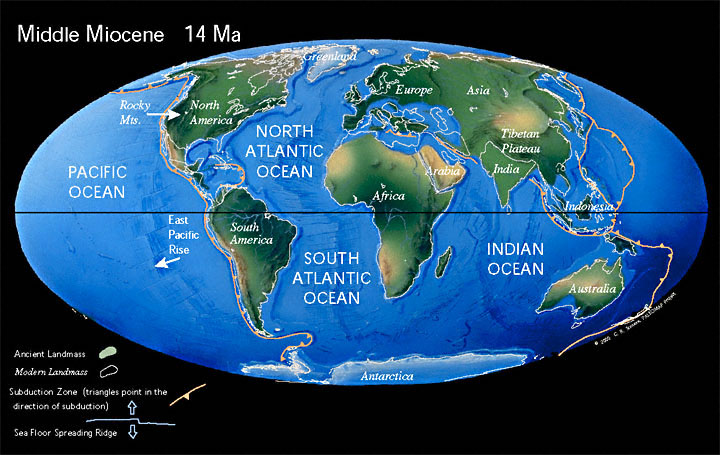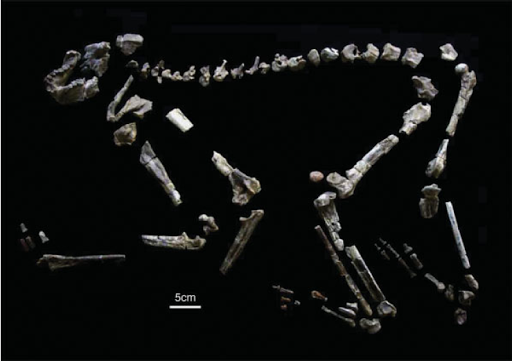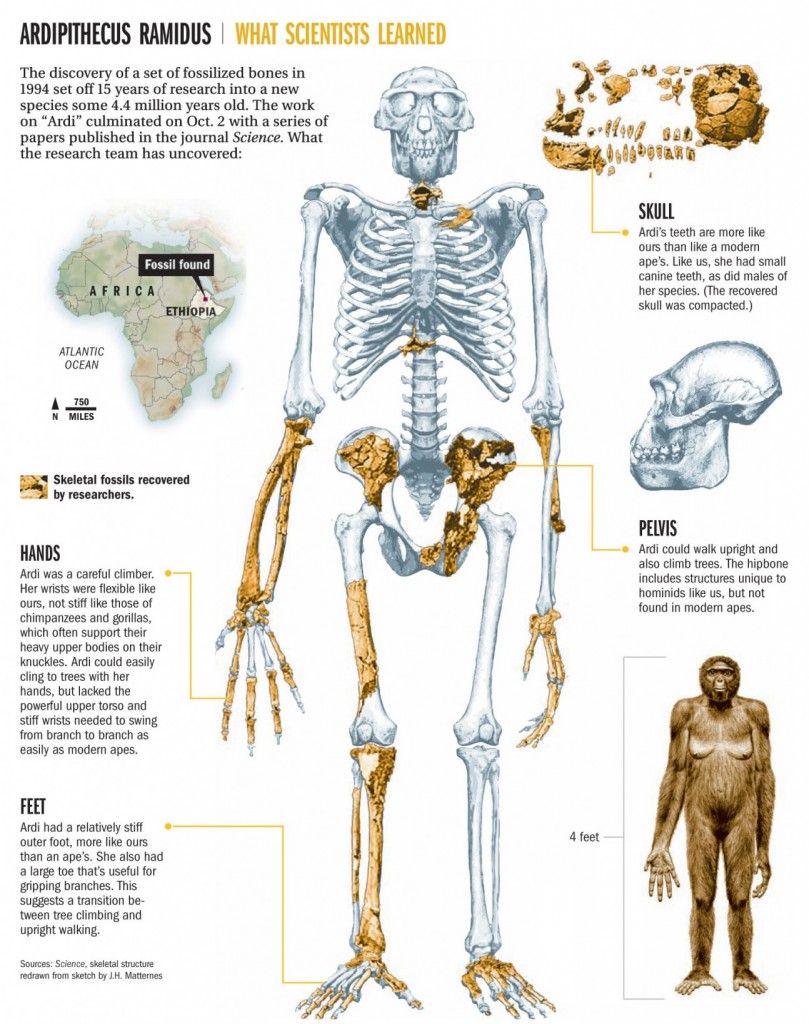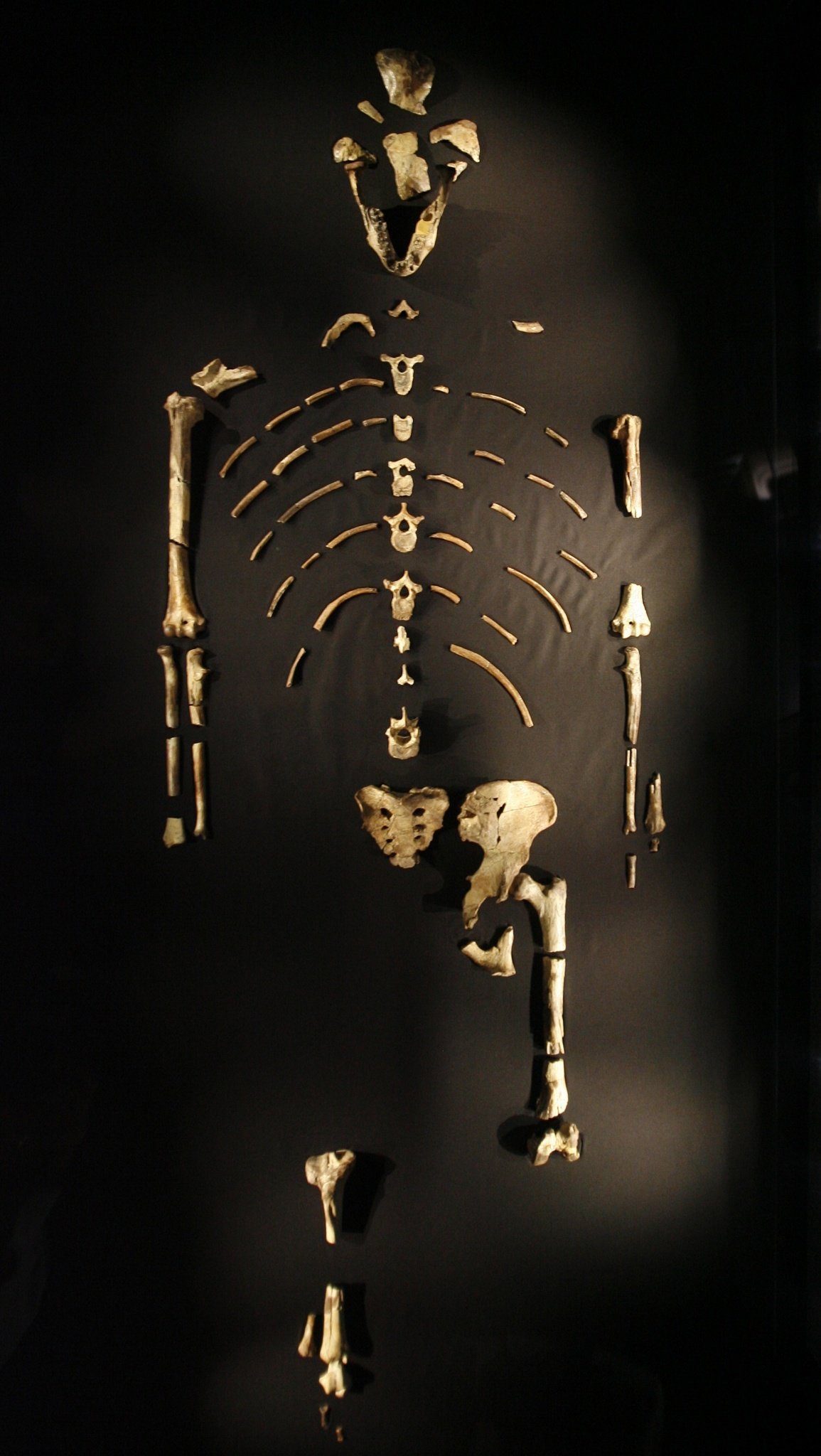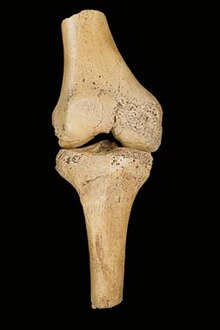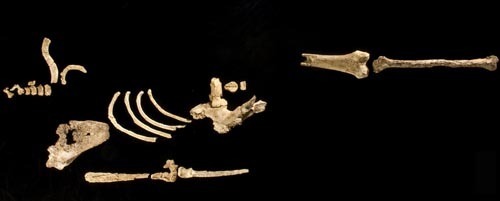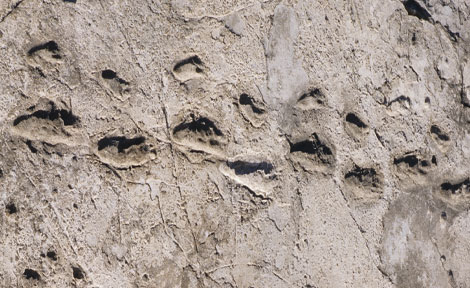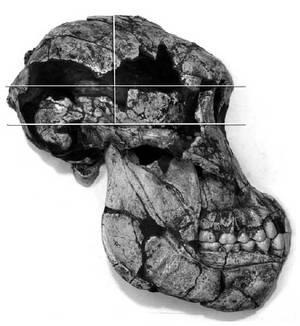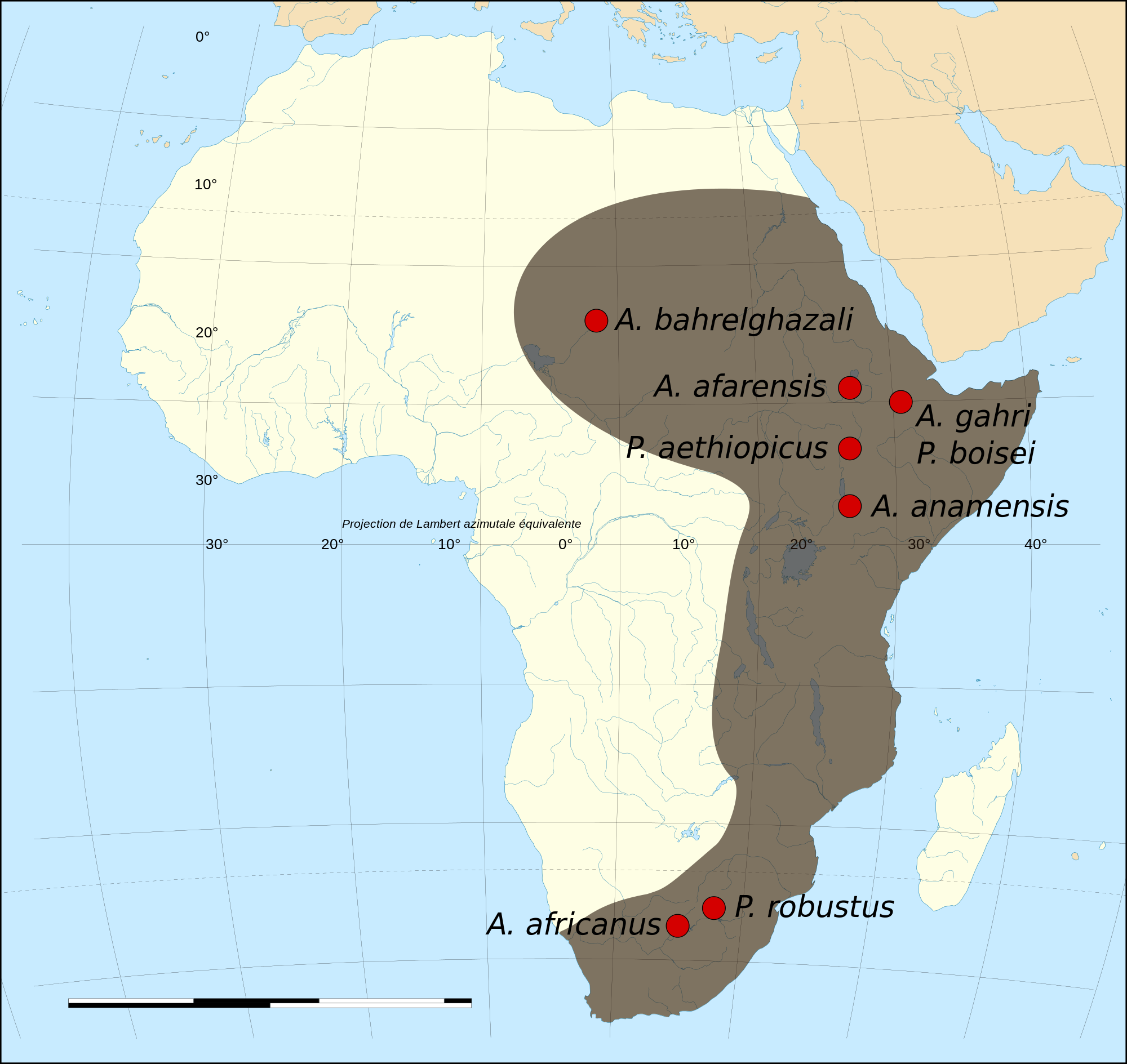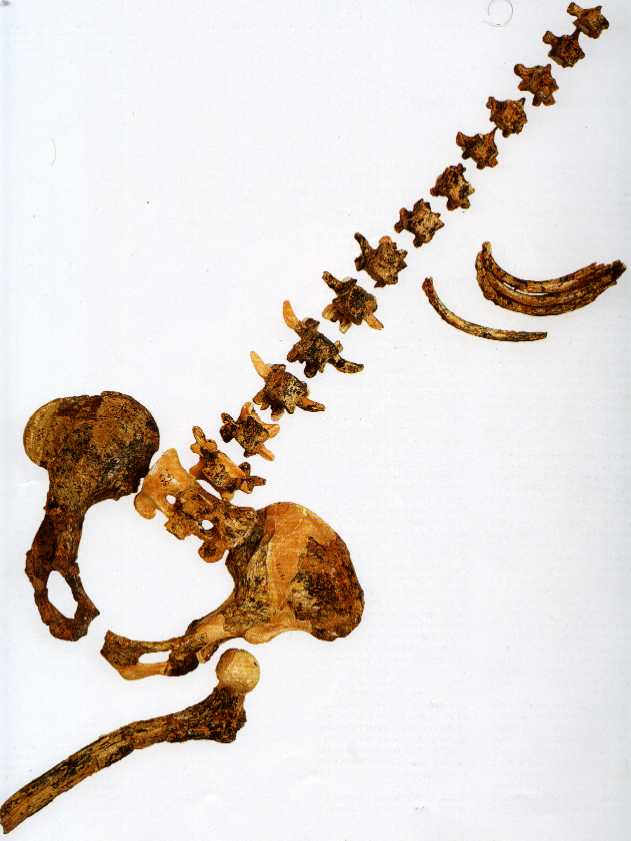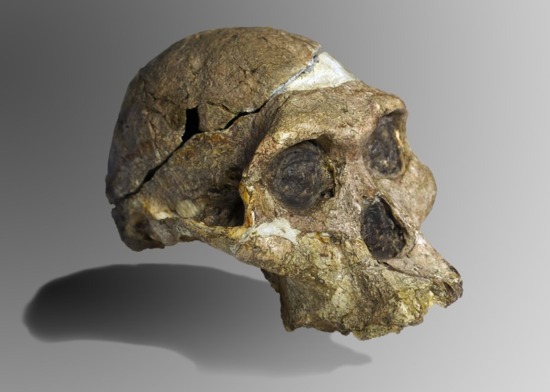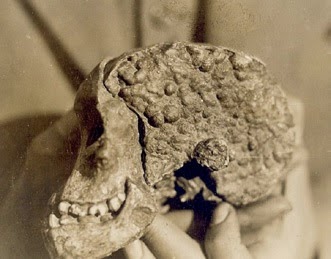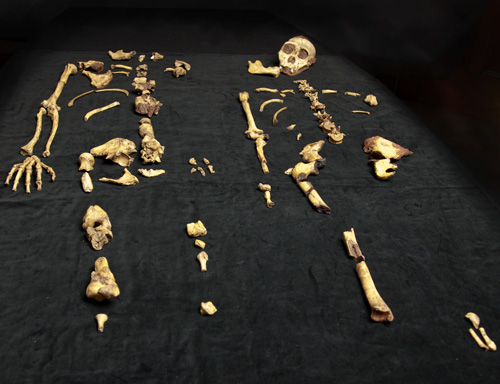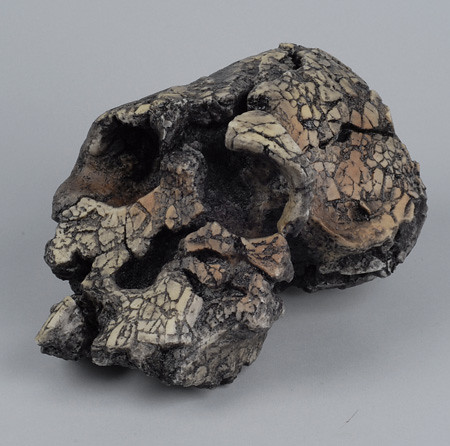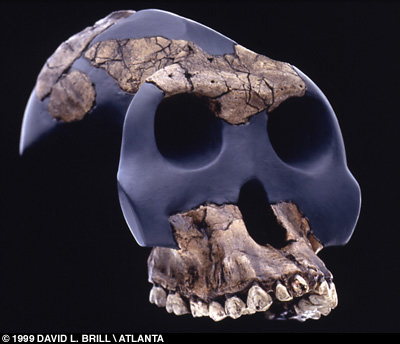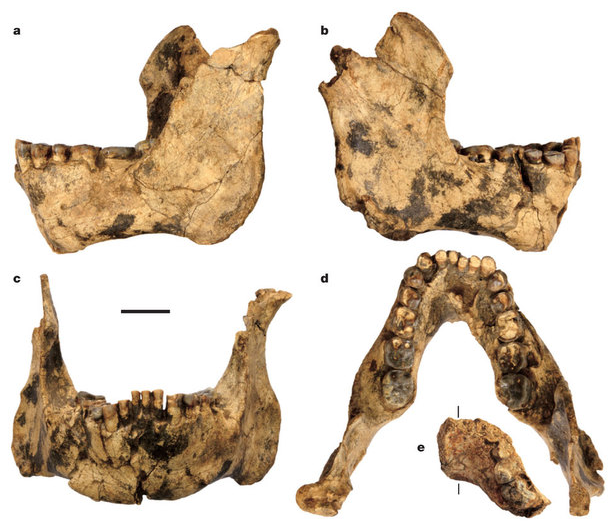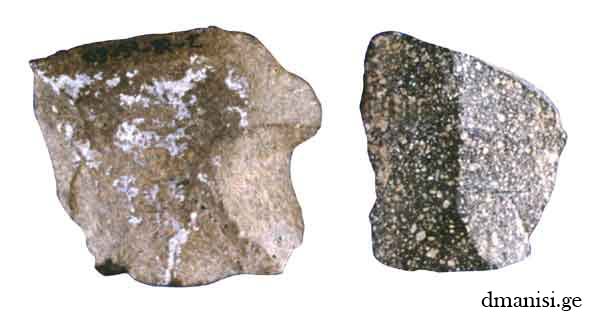NoGuru
Don't be serious. Seriously
@sayak83 Covered this in his replies quite nicely. I see now the error in that assumption.
It's like looking at a painting of a house with a bunch of small holes in the canvas. The holes are the gaps, but you see enough of the painting to know what it's suppose to be. There's enough information in the painting/fossil record to see the bigger picture. We're only missing minor details.
I agree with the analogy to an extent, but that's not a "case closer" by any means. Some of those details may shed an entirely different perspective on the painting. For example, you have a painting with a bunch of people with their hands in the air like they just don't care. Looks like they're having fun, maybe dancing. The detail that's missing is the guy in the corner with an uzi pointed at them... changes things.
Not saying my analogy proves or disproves anything either, but those missing details are very important IMHO.
Well, when I compare the morphology of the average human with the average gorilla, I can only think of the following three alternatives:
[...]
What is more likely?
Based on ... what exactly? There could exist 200 other possibilities, and all of the aforementioned those new ones could be wrong.
Pretend you are sitting in a restaurant and witness two people having a nice dinner. They seem to enjoy each others' company and be romantically involved. A third person storms in the door, walks over to their table, screams something inaudible, knocks over their drinks and storms out.
Now, try to guess why that happened to cause that whole scenario you just witnessed.
Was it because those two are cheating on a partner? Maybe the third person knew the drinks were poisoned? Perhaps the people eating just kicked that persons dog?
There's almost no way you can know for sure all the events that lead up to that exact moment. Hell, examine your own life and try to figure why you are where you are now... it's impossible to see everything.
The point here is a loose analogy, I get that. Simply because we have some amount of fossil evidence to show progression through the species. It's also entirely possible there was non at all. Let's say the dinosaurs didn't evolve into birds and the fossils we found that tell us there were, were actually brought here by E.T. just so they could watch as we try to figure this out. Maybe all those fossils were faked and part of a giant conspiracy, maybe they were made in a child's EZ bake oven.... see where I'm going with this?
None of that is expressing my beliefs, just pointing out the extreme task of building a history of events spanning even 1000 years, let alone 4+ billion.
Here's the real kicker to this entire thread.
Everyone here believes something or the other.
Convince a man who believes the earth is round that it is actually flat.
Convince a man who believes the earth is flat that it is actually round.
Convince a communist that communism is flawed.
You cannot talk a person out of a delusion, or even strongly held belief. Change must always come from within. If I subscribe to evolution, there's no God argument in the world that's going to change my mind. Similarly, if I subscribe to creation there's no amount of "evidence" (quotes are only due to the incomplete nature of what we currently have) or argument that will change my mind. So even my own attempts at providing analogies or discussion will typically only draw criticism from the other side of the hall or support from this side. It's rare that someone will read something in context, digest it and change their own belief structure. Hell, look at the Westboro loonies. "That's not even in the bible!" "Yea but my prophet/dad/brother said our way is right so suck it Trebek!"
Sigh.... we humans are silly creatures indeed.

